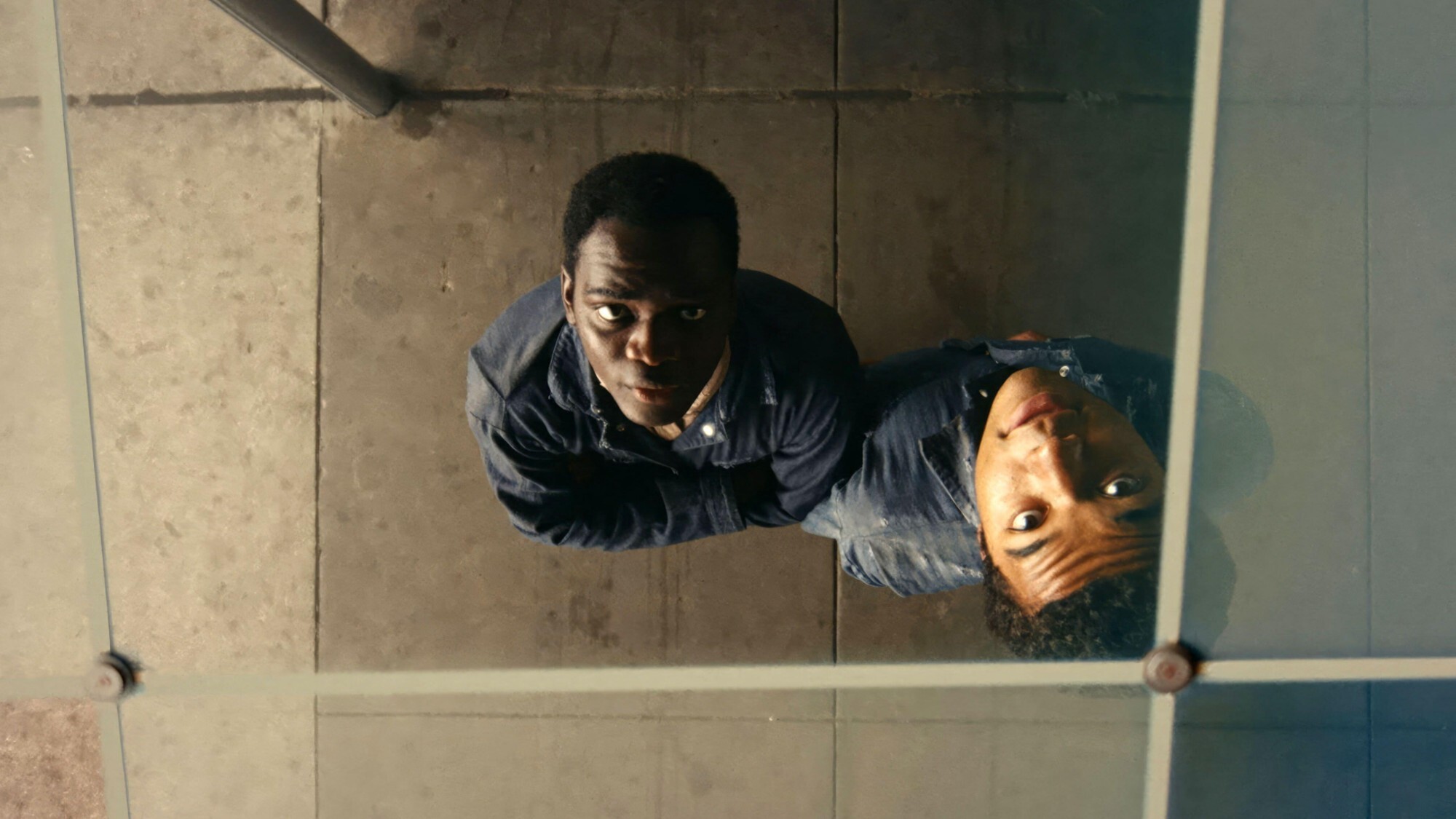The Dragon’s Gift: The Sacred Arts of Bhutan
Bhutan was closed to travelers for centuries, and even now trekkers are forbidden to cross “its sacred mountains.” The unprecedented exhibit at the Asian Art Museum in San Francisco consists of more than 100 sacred painting
Asian Art Museum, San Francisco
Through May 10
Bhutan may be the “least known of the Himalayan countries,” said Susan Emerling in The New York Times. Never conquered or colonized, it was for centuries closed entirely to travelers. Even now trekkers are forbidden to traverse “its sacred mountains.” This unprecedented exhibition consists of more than 100 sacred paintings, textiles, and other objects, many of which have been catalogued and restored for the first time. To put it all together, curator John Johnston temporarily moved to Bhutan, for a “two-year trek of discovery” to holy sites. The resulting trove includes many distinctive textiles, such as a “jewel-encrusted appliqué” portrayal of Buddhist master Jamgon Ngawang Gyaltsen. But the real eye-openers are the thangkas, or holy paintings.
The Week
Escape your echo chamber. Get the facts behind the news, plus analysis from multiple perspectives.

Sign up for The Week's Free Newsletters
From our morning news briefing to a weekly Good News Newsletter, get the best of The Week delivered directly to your inbox.
From our morning news briefing to a weekly Good News Newsletter, get the best of The Week delivered directly to your inbox.
Theirs is hardly the gentle Buddhism most Westerners are familiar with, said Michael J. Ybarra in The Wall Street Journal. “Many of the thangkas fairly drip with gore,” depicting devils pushing people toward a “violent netherworld” while bodhisattvas float serenely above. In images reminiscent of Christian scenes of the Last Judgment, “flayed human skins abound,” warriors plunge daggers into evildoers, and “a devil rides a mount across a sea of blood.” Interestingly, though, creatures such as the nine-headed, all-blue “wrathful deity” depicted in one 18th-century thangka are regarded in Bhutanese Buddhism as “protectors of the faith.” And despite so much frightening imagery, “the overriding tone that emerges is one of serenity.” Who could be frightened of Avalokitesvara, “the Lord of Compassion, who despaired over his inability to save all beings”? A lushly rendered painting portrays him sprouting 1,000 arms and splitting his head into pieces—“the better to help ease the suffering of the world.”
A free daily email with the biggest news stories of the day – and the best features from TheWeek.com
-
 Political cartoons for January 4
Political cartoons for January 4Cartoons Sunday's political cartoons include a resolution to learn a new language, and new names in Hades and on battleships
-
 The ultimate films of 2025 by genre
The ultimate films of 2025 by genreThe Week Recommends From comedies to thrillers, documentaries to animations, 2025 featured some unforgettable film moments
-
 Political cartoons for January 3
Political cartoons for January 3Cartoons Saturday's political cartoons include citizen journalists, self-reflective AI, and Donald Trump's transparency